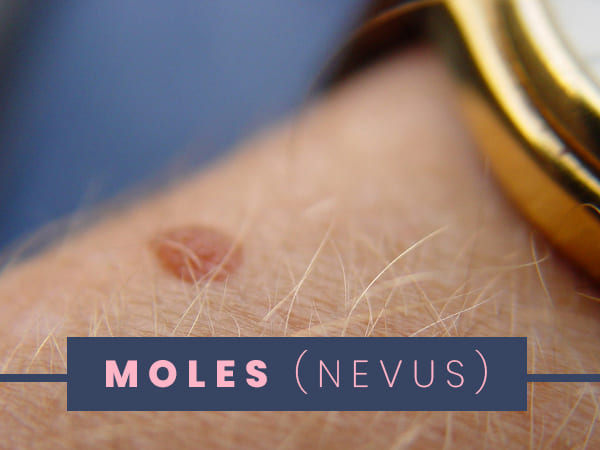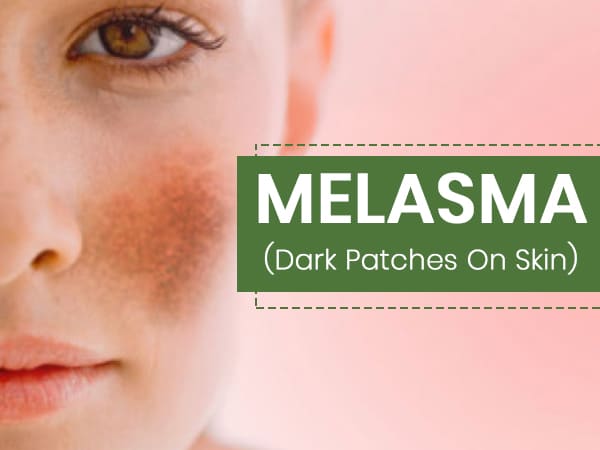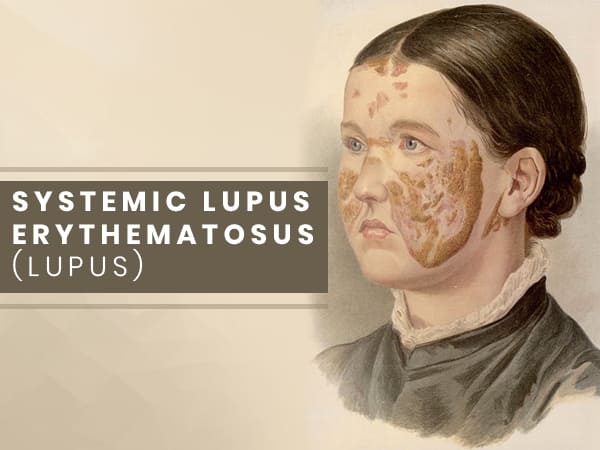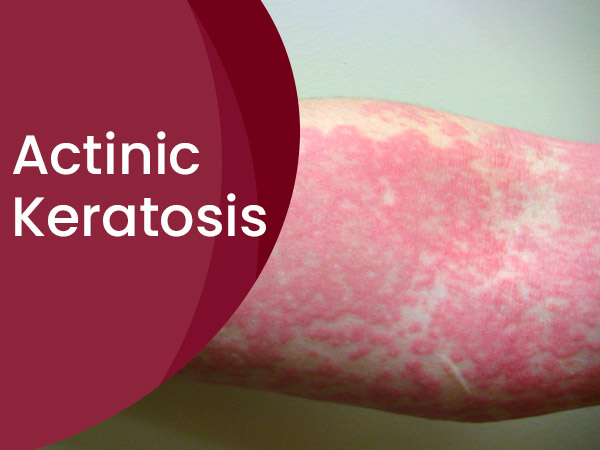Disorders Cure
oi-Shivangi Karn
Actinic Keratosis (AK) is a type of skin disorder characterised by rough, dry and scaly patches on the skin developed due to long-term sun exposure. They are precancerous (may cause cancer in the future if left untreated) growth and occur mainly on areas which are exposed more to sunlight, such as the face, lips, arms, hands or bald scalp.
The other name of AK is solar keratosis. They are also known as age spots or sunspots as they usually occur in people after the age of 40. AK can be of various colours like tan, pink, grey, white or brown. Let’s know more about the symptoms, causes, treatments and other details.
 Moles: Types, Causes, Symptoms, Risk Factors, Treatments And Prevention
Moles: Types, Causes, Symptoms, Risk Factors, Treatments And Prevention
Causes Of Actinic Keratosis
The main cause of AK is sunlight. The chronic exposure to UV rays causes a mutation in the skin cells known as keratinocytes, which is the outermost layer of the skin and also the major cell types. The changes cause keratinocytes to grow abnormally and form lesions, leading to AK.
Symptoms Of Actinic Keratosis
- Red, brown lesions on the skin
- Dry, scaly or rough patches that look like a sandpaper
- Hardening of the skin
- Itching or burning sensation in the area
- Slightly raised patches that look like acne or rashes
- Prickling pain when touched
- Peeled or cracked lips that never heals
- White patches and loss of colour in the lips
 Melasma (Chloasma): What Are The 6 Factors That Cause It? Symptoms, Treatments And Prevention
Melasma (Chloasma): What Are The 6 Factors That Cause It? Symptoms, Treatments And Prevention
Risk Factors Of Actinic Keratosis
- Living in an area where sunlight is often high.
- Occupation that involves long exposure to sunlight.
- Using tanning beds.
- Being above 40 years of age.
- Having blonde or light-coloured hair.
- Having sensitive skin that tends to burn or itch even after a short duration of sunlight exposure.
- History of skin cancer.
- Weak immune system.
- Infected with Human Papilloma Virus
- Having fair skin
 Human Papillomavirus (HPV) Infection: Symptoms, Causes, Risk Factors, Treatment And Prevention
Human Papillomavirus (HPV) Infection: Symptoms, Causes, Risk Factors, Treatment And Prevention
Complications Of Actinic Keratosis
Some of the complications of AK include:
- Enlargement of the affected area.
- Bleeding from the lesions.
- Cutaneous horn, a horn-like growth on the skin
- Squamous cell carcinoma (SCC), a thickened, enlarged and tender AK is often suspected for SCC.
- Other forms of skin cancer such as melanoma and actinic cheilitis.
 Sebaceous Horn (Devil’s Horn): Causes, Symptoms, Risk Factors, Treatment, And Prevention
Sebaceous Horn (Devil’s Horn): Causes, Symptoms, Risk Factors, Treatment, And Prevention
READ RELATED: America’s Largest Grocer Is Recalling More Than 20 Ready-To-Eat Products
Diagnosis Of Actinic Keratosis
Common diagnostic methods for AK include:
- Physical examination: A medical expert will diagnose AK most of the time just by looking at them. For confirmation, they may suggest a skin biopsy.
- Skin biopsy: In this, a small part of the affected skin is taken and viewed for signs of cancer.
Treatment Of Actinic Keratosis
Sometimes AK goes on their own when long exposure to sunlight is paused. However, in most cases, they come back when exposure is increased again. Common treatment methods include:
- Prescribed creams: In the beginning, it is very difficult to identify which lesion will develop into AK. Therefore, when AK progression is mild or moderate, certain prescribed creams are suggested to reduce scaling, redness, dryness and burning sensation in the affected areas.
- Scraping: It is a surgical procedure in which the damaged cells are scraped out and destroyed with an electric current.
- Cryotherapy: Here, liquid nitrogen is used to freeze the lesions and remove them.
 Systemic Lupus Erythematosus: Causes, Symptoms, Complications, Treatments And Prevention
Systemic Lupus Erythematosus: Causes, Symptoms, Complications, Treatments And Prevention
How To Prevent Actinic Keratosis
- Cover your face and hands or other sun-exposed areas before going out in the sunlight.
- Avoid going out during peak times (between 10 am to 2 pm)
- Always wear sunscreen with SPF above or at least 30.
- Wear a hat and gloves before going out
- Avoid using tanning beds.
- Go for a skin check-up once in a year. It is better to include the checkup as part of the regular ones.
- Look out for changes in your skin like increase in patches, change in the colour and shape of moles or other such signs mentioned above.
- If your occupation involves long sun exposure, wear protective gear like a mechanical hat.
 Is Hyperpigmentation A Serious Skin Condition? Know About The Causes, Treatments and Prevention
Is Hyperpigmentation A Serious Skin Condition? Know About The Causes, Treatments and Prevention
Common FAQs
1. What does an actinic keratosis look like?
Actinic keratosis looks like dry, scaly and hard patches on the skin, usually like sandpaper. They may look like rough pimples, acne breakout or rashes that irritates or bleeds. Contact a medical expert if you notice such signs.
GET THE BEST BOLDSKY STORIES!
Allow Notifications
You have already subscribed
Source: boldsky blog

























